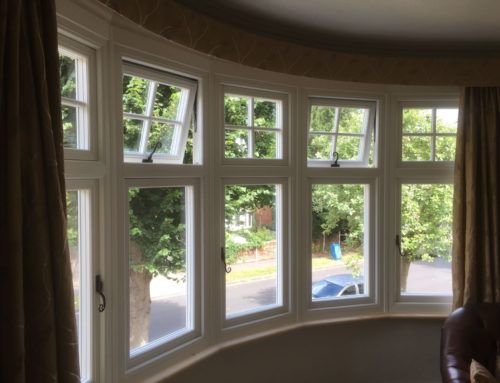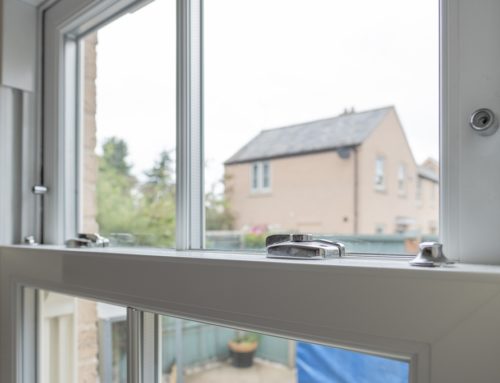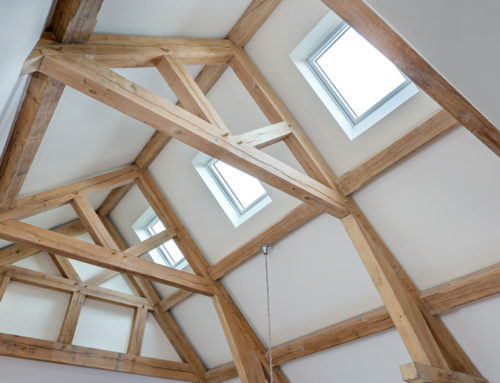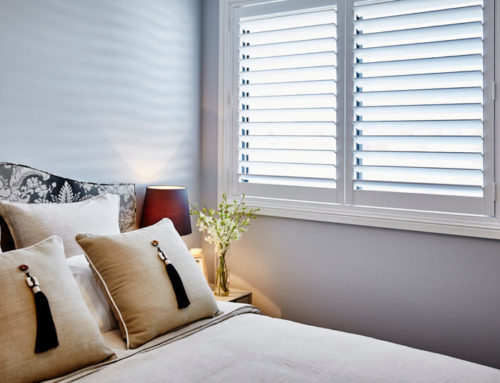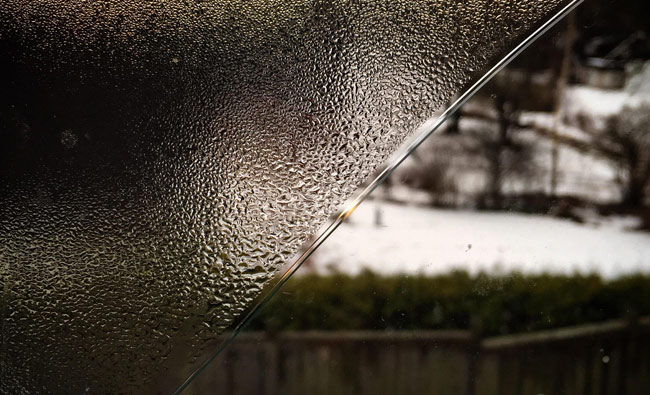
Most modern windows come with trickle vents that improve air flow through the home. Trickle vents are designed to cut condensation, both on the inside of the windows, and on the walls.
Older windows tend not to have trickle vents, but that doesn’t mean you have to replace perfectly good glazing. You can retrofit trickle vents fairly easily, providing you’re competent at DIY.
Fitting a new trickle vent
Trickle vents are small plastic doors that can be left in two positions. They can be closed to prevent airflow, or open to allow a small amount of air to circulate. Each vent must be situated so that the window can still open and close without obstructions.
Adding a trickle vent is as simple as drilling a new ventilation hole through the frame. You will need a drill bit that’s designed for uPVC, as you will be drilling through layers of plastic and metal at the same time.
Measure and mark where the vent will go, and do the same for the opening you need to create. Drill the new vent hole from outside inwards, then repeat the drilling from the inside out, keeping the drill absolutely straight for a perfect vent opening.
Once the horizontal vent holes have been drilled, you will need to fix the actual trickle vent over the top. The vent may have a grille to prevent flies and insects from getting through; make sure the grille is always on the outside. Simply screw the vent in place over the hole you created.
It’s very difficult to fix a window frame if a DIY job goes wrong, so proceed with caution and take your time. In particular, take care to get the vent absolutely central. If it’s off to one side, it’ll look strange and could ruin the whole appearance of your home.
Problems with trickle vents
Trickle vents aren’t the prettiest addition to your windows, but they do cut condensation providing you remember to open them.
Unfortunately, many people forget, meaning the trickle vent fails to make much difference.
If the problem only occurs over winter, a good quality desiccant dehumidifier can help to reduce damp as well. Throw your curtains wide open through the day, and lock your windows slightly ajar to help water vapour to escape.
Getting more advice
Trickle vents aren’t compulsory, but they can help to avoid damp problems in the home.
If you prefer not to add them to your old windows, and your windows are in need of repair anyway, you could order replacement double glazing or even triple glazing, and start again with brand new sealed units that prevent heat transfer and condensation.
Additionally, try to keep your home ventilated, particularly after showering and cooking. Ensure air bricks are unblocked, and any Vent-Axia type extractor fans are in good working order.
Still need help? Contact Hamilton Windows to get more information about preventing condensation in your home. We’ll come and take a look at your existing glazing, and advise the best course of action to combat damp.

